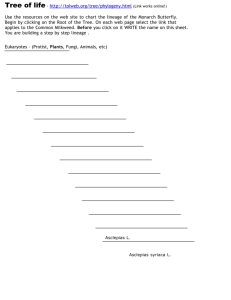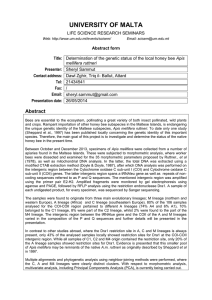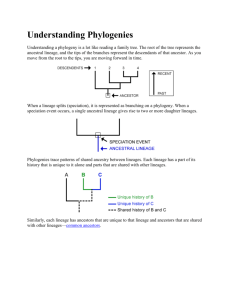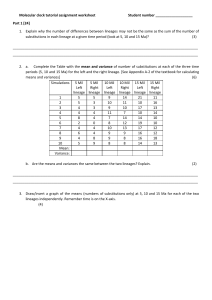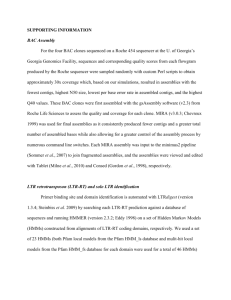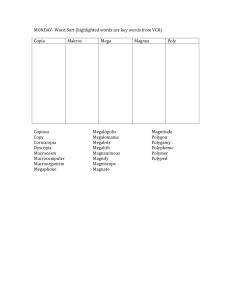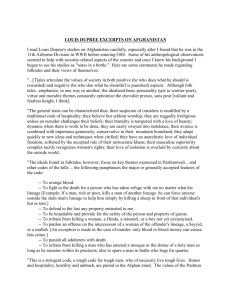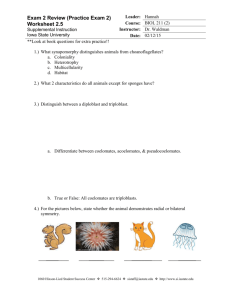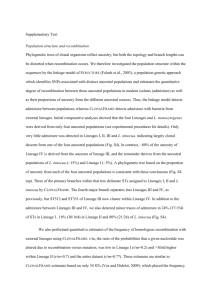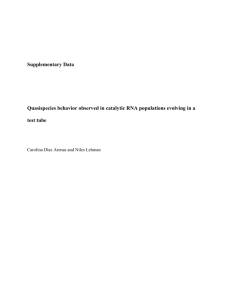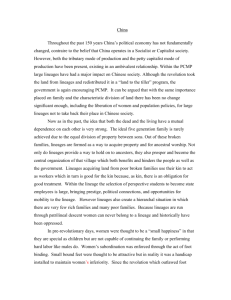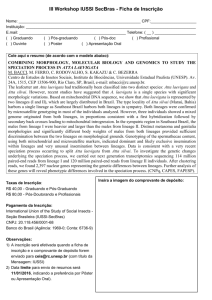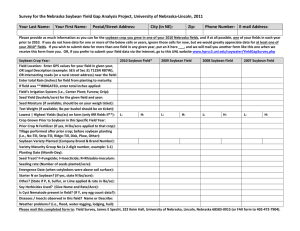abstract
advertisement
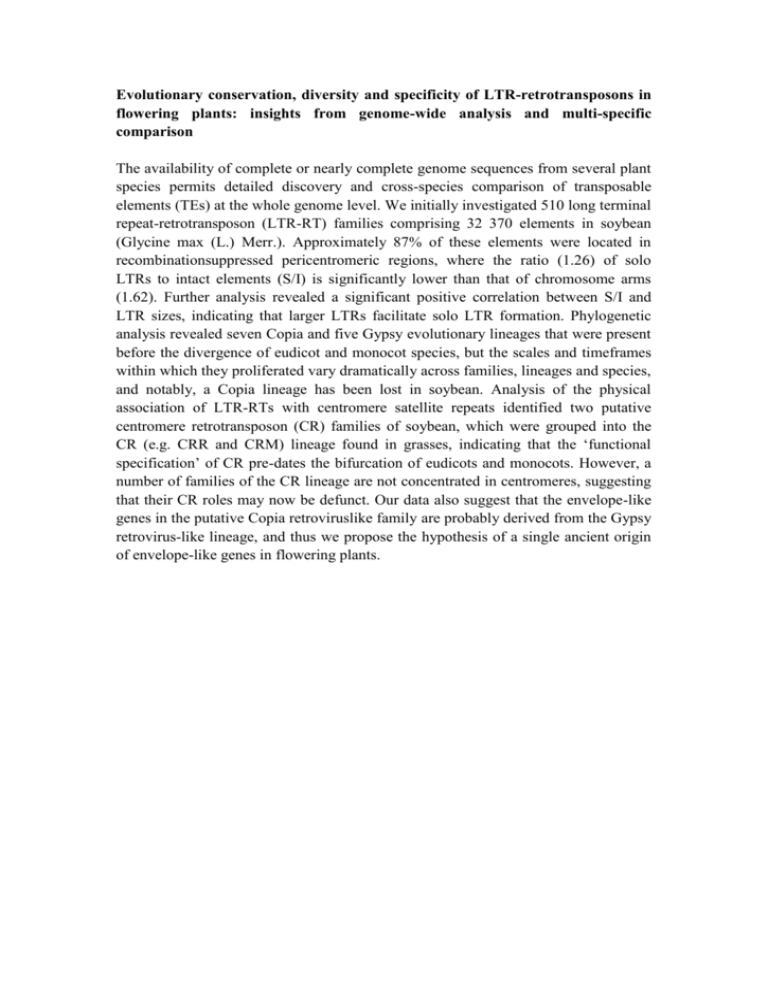
Evolutionary conservation, diversity and specificity of LTR-retrotransposons in flowering plants: insights from genome-wide analysis and multi-specific comparison The availability of complete or nearly complete genome sequences from several plant species permits detailed discovery and cross-species comparison of transposable elements (TEs) at the whole genome level. We initially investigated 510 long terminal repeat-retrotransposon (LTR-RT) families comprising 32 370 elements in soybean (Glycine max (L.) Merr.). Approximately 87% of these elements were located in recombinationsuppressed pericentromeric regions, where the ratio (1.26) of solo LTRs to intact elements (S/I) is significantly lower than that of chromosome arms (1.62). Further analysis revealed a significant positive correlation between S/I and LTR sizes, indicating that larger LTRs facilitate solo LTR formation. Phylogenetic analysis revealed seven Copia and five Gypsy evolutionary lineages that were present before the divergence of eudicot and monocot species, but the scales and timeframes within which they proliferated vary dramatically across families, lineages and species, and notably, a Copia lineage has been lost in soybean. Analysis of the physical association of LTR-RTs with centromere satellite repeats identified two putative centromere retrotransposon (CR) families of soybean, which were grouped into the CR (e.g. CRR and CRM) lineage found in grasses, indicating that the ‘functional specification’ of CR pre-dates the bifurcation of eudicots and monocots. However, a number of families of the CR lineage are not concentrated in centromeres, suggesting that their CR roles may now be defunct. Our data also suggest that the envelope-like genes in the putative Copia retroviruslike family are probably derived from the Gypsy retrovirus-like lineage, and thus we propose the hypothesis of a single ancient origin of envelope-like genes in flowering plants.
